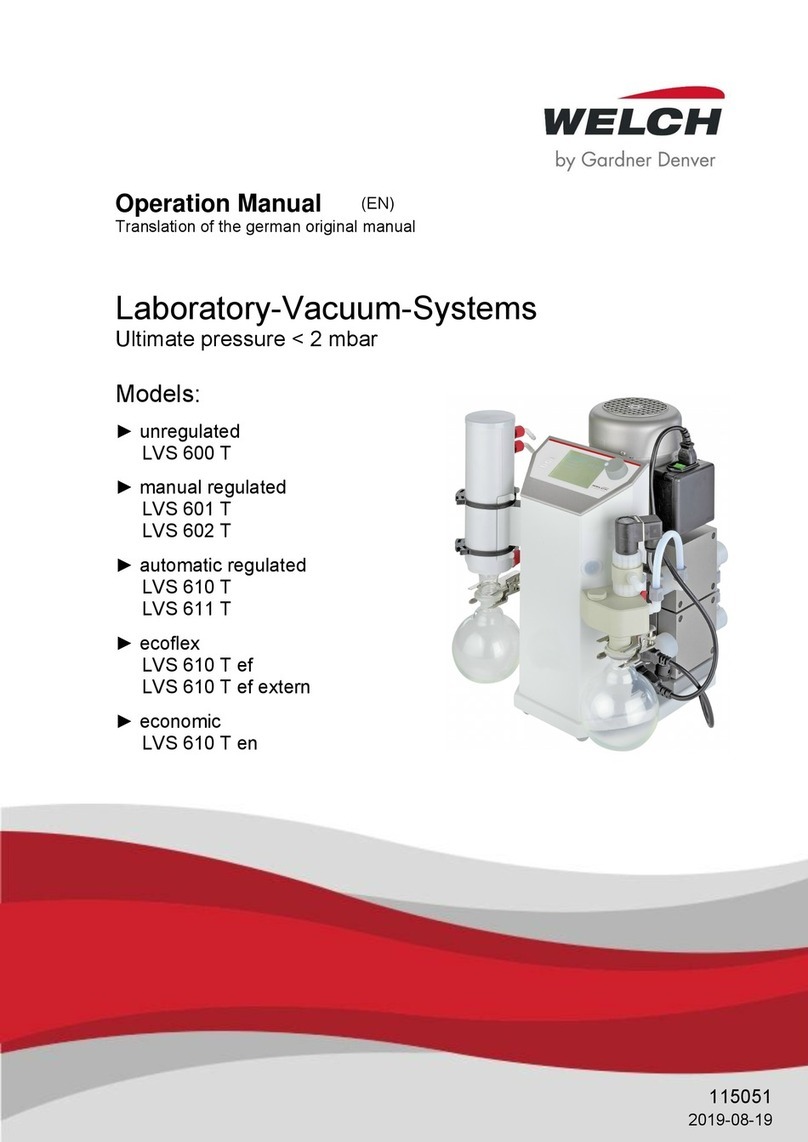
Contents
112037 3
Contents
1Important Information........................................................................................................................... 4
1.1 General information ................................................................................................................................ 4
1.2 Target groups.......................................................................................................................................... 4
1.3 Intended Use........................................................................................................................................... 4
1.4 Use for an Unauthorized Purpose........................................................................................................... 4
1.5 Safety Devices........................................................................................................................................ 5
1.6 Meaning of the Warning notes................................................................................................................ 5
1.7 Product Standards, Safety Regulations .................................................................................................. 5
2Basic Safety Instructions..................................................................................................................... 6
2.1 General information ................................................................................................................................ 6
2.2 Electricity................................................................................................................................................. 6
2.3 Mechanical System................................................................................................................................. 6
2.4 Hazardous Substances........................................................................................................................... 7
2.5 High Temperatures ................................................................................................................................. 7
3Description............................................................................................................................................ 8
3.1 Design..................................................................................................................................................... 8
3.2 Function.................................................................................................................................................. 9
3.3 Materials of the medium-affecting pump parts...................................................................................... 10
3.4 Areas of Application.............................................................................................................................. 10
3.5 Possible Accessories............................................................................................................................ 10
3.6 Scope of Delivery.................................................................................................................................. 10
4Technical Data..................................................................................................................................... 11
4.1 Dimensions........................................................................................................................................... 11
4.2 Device Data .......................................................................................................................................... 12
4.3 Intake Pressure/Pumping Speed –Diagram......................................................................................... 12
5Installation and Operation.................................................................................................................. 13
5.1 Unpacking............................................................................................................................................. 13
5.2 Installation and Connection................................................................................................................... 13
5.2.1 Connection schematic –biovac 106 ..................................................................................................... 14
5.3 Operation.............................................................................................................................................. 14
5.4 Storage ................................................................................................................................................. 15
5.5 Scrap Disposal...................................................................................................................................... 15
6Maintenance and Servicing................................................................................................................ 16
6.1 General Requirements.......................................................................................................................... 16
6.2 Maintenance Performed by the User .................................................................................................... 16
6.2.1 Maintenance of the aspiration systems................................................................................................. 16
6.2.1.1 Disassembly.......................................................................................................................................... 16
6.2.1.2 Assembly .............................................................................................................................................. 17
6.2.1.3 Test....................................................................................................................................................... 17
6.2.2 Maintenance of the diaphragm pump.................................................................................................... 17
6.2.2.1 Disassembly.......................................................................................................................................... 17
6.2.2.2 Assembly .............................................................................................................................................. 18
6.2.2.3 Test....................................................................................................................................................... 18
6.2.3 Maintenance of other components........................................................................................................ 18
6.3 Maintenance by the Manufacturer......................................................................................................... 19
6.4 Damage Report..................................................................................................................................... 19
7Troubleshooting.................................................................................................................................. 20
8Spare Parts Overview......................................................................................................................... 21
8.1 Service kit - Diaphragm pump............................................................................................................... 21
8.2 Spare parts views ................................................................................................................................. 22
8.2.1 Complete unit - biovac 106 with secretion glass container 2 liters........................................................ 22
8.2.1.1 Spare parts list - Complete unit biovac 106 with secretion glass container 2 liters............................... 22
8.2.2 Complete unit - biovac 106 with secretion PP - container 4 liters ......................................................... 23
8.2.2.1 Spare parts list - Complete unit biovac 106 with secretion PP - container 4 liters................................. 23
8.2.3 Spare parts view - Basic unit complete................................................................................................. 24
8.2.3.1 Spare parts list - Basic unit complete.................................................................................................... 25
EC Declaration of Conformity






























